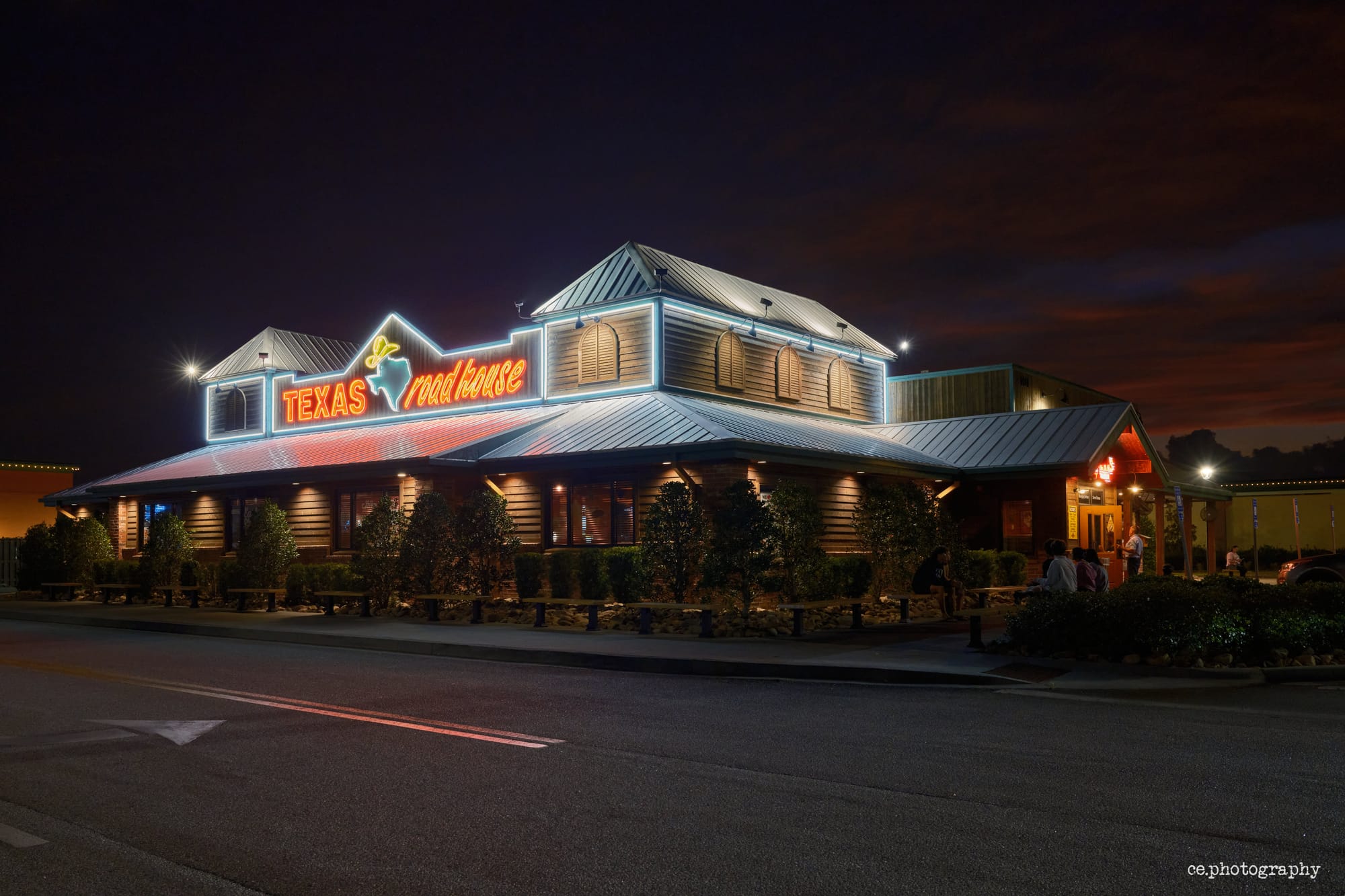Fujifilm GFX100RF - 60 days later

So I caved in and got myself a GFX100RF. There were several factors involved in this decision, but to be honest, I had added my name to a waiting list the day it was announced so I am not innocent. Unlike other reviews posted around the web, I was not gifted, loaned, or borrowed this camera. I traded in a bunch of kit and paid cash for the difference. I have committed to this platform.
I have always lusted after a medium format digital camera ever since they appeared. However, since most of them cost more than a BMW, I could not justify the purchase. Fujifilm changed the calculus with the GFX100RF. Here was a sub $5k camera (pre-tariff) that included their top-of-the-line sensor with a decent lens in a compact body. The impending tariffs only exacerbated my desire to acquire one.
Build Quality
I have owned several Fujifilm cameras over the years and they were all built like tanks. This camera is no different. Fujifilm decided to include several "quality of life" accessories at no extra charge. These include:
- Square Metal Lens Hood
- UV Protection Lens Filter
- Rope Neck Strap
The only bits I added to my camera were a grip plate from IDS Works, a soft release from Artisan Obscura and a thumb grip from Tilta.
Features

Sloppy Hog Burger Joint
So what would possess me to acquire one of these engines of photography (besides the burning desire in my heart)? Several logical reasons:
- 102 megapixels, 16-bit color. Oodles of dynamic range. Many pixels. Many crayons. Extremely malleable RAW files.
- Crop zoom (cuts down on additional kit I have to take with me while traveling. My Fujifilm X100VI was awesome but the two add-on lens adapters were cumbersome to change out and cost me some shots.)
- Aspect ratio dial - introduces creative choices at the moment of capture instead of in post. This is not a hard commitment as the crops are soft applied to the RAW files. [Editor's note: in order to use this function with RAW files, you have to enable RAW+JPEG/HEIF, otherwise it behaves like film simulations on RAW files.]
- Dual card slots - always have a backup.
- Kaizen - Fujifilm's history of adding features to existing cameras is very appealing to me as it keeps older models relevant for years. Hasselblad recently announced the X2D II with a full HDR workflow. I fully expect Fuji to retrofit something similar to the current crop of GFX cameras.




I am in no way claiming that this is THE perfect camera. Far from it. A relatively slow lens (f4), no IBIS, and the learning curve associated with medium format digital means you have your work cut out for you. You have to really find your groove to get this camera to produce quality images. It's not impossible. It just takes diligence.
Adequate compute power is needed to wrangle these files. I got myself an Apple Mac Studio M3 Ultra for just this purpose.